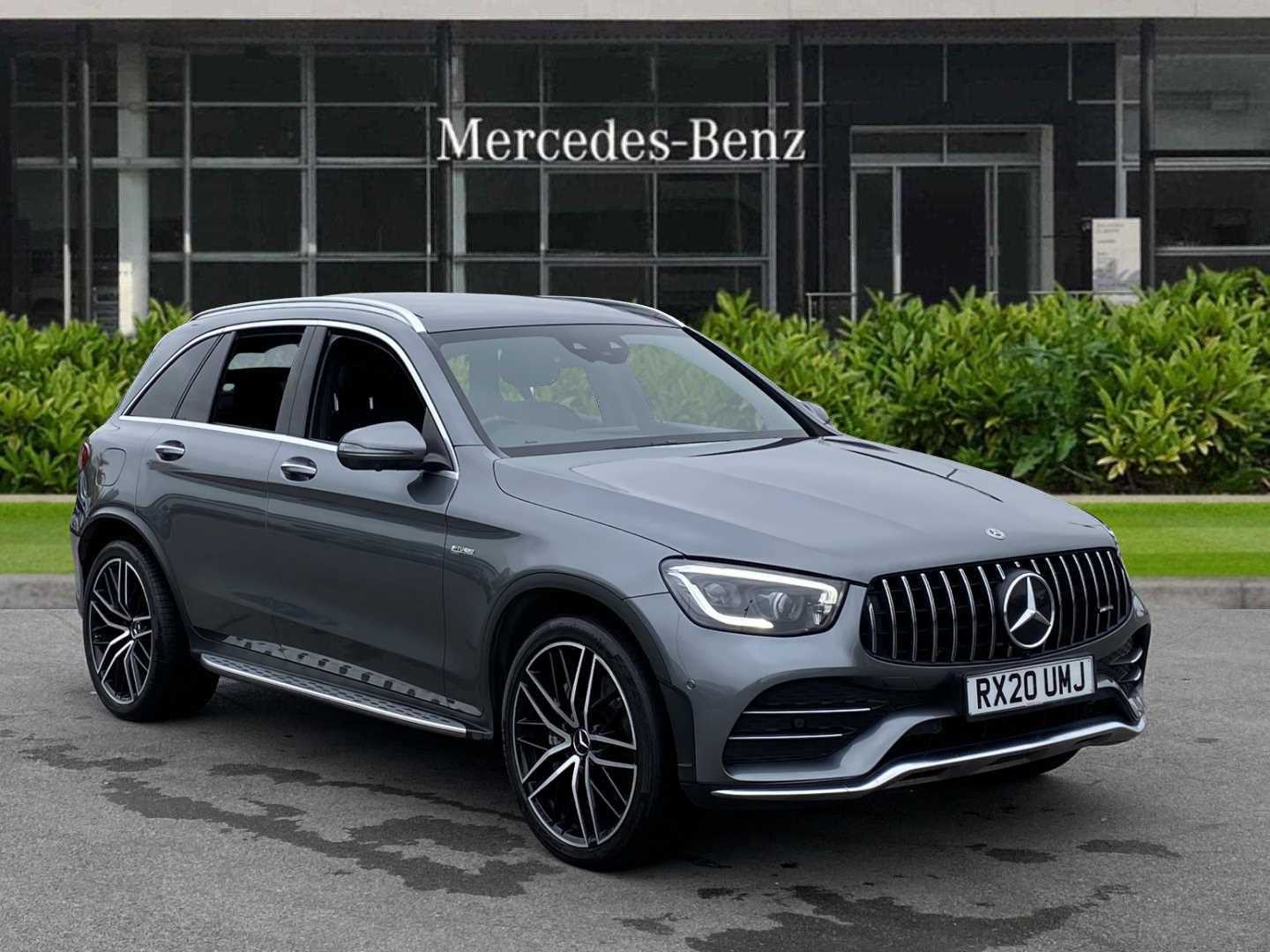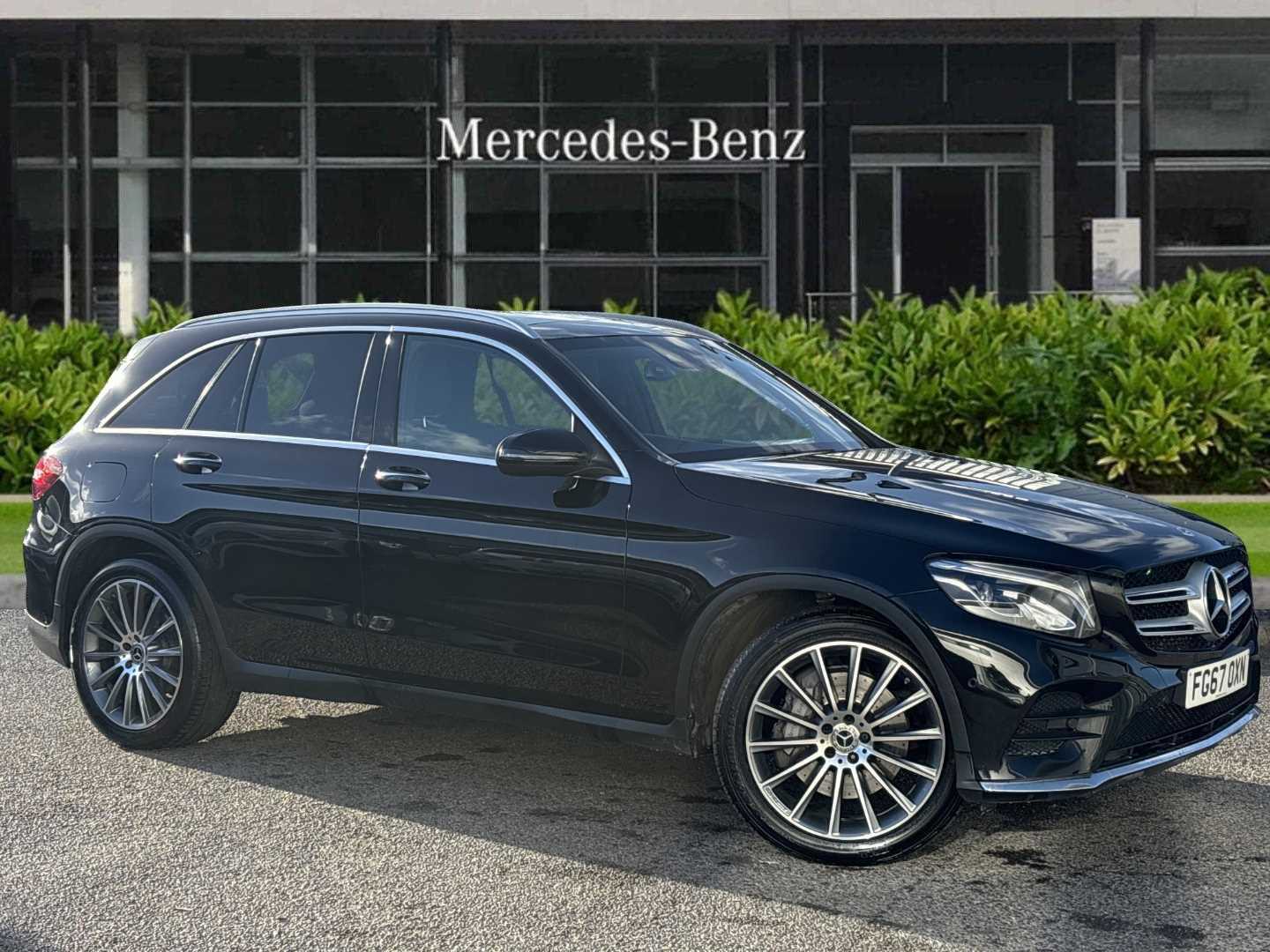Click for vehicles with £200-£700 cashback + free delivery
- Monday-Friday, 9am-5pm
- 020 3936 1257
- hey@heycar.co.uk
See what customers are saying
“Excellent”
Trustscore: 4.5/5
Copyright 2024 heycar - All rights reserved
Click for vehicles with £200-£700 cashback + free delivery

£33,940

£22,793
£48,744
£18,382
£43,790
£30,890
£43,299
£64,990
£37,390
£18,299
£35,799
£18,790
£21,700
was
£29,167
£1,484 off£31,584
£30,975
£43,500
307-324 of 323 vehicles
What is the most popular colour for Mercedes-Benz GLC ?
What is the most popular gearbox for Mercedes-Benz GLC ?
What is the most popular fuel type for Mercedes-Benz GLC ?
What is the most popular engine for Mercedes-Benz GLC ?
What is the average mileage for Mercedes-Benz GLC ?
32040
How many Mercedes-Benz GLC cars are available for sale?
323
The original Mercedes-Benz GLC was replaced by an all-new model in 2022, but the outgoing car is still well worth a look, because throughout its time on sale it remained one of the most desirable and accomplished SUVs in its class.
It’s not difficult to see why. The original Mercedes GLC is handsome, great to drive (if not as sporty as some rivals), comfortable, practical, and well-equipped. Everything you’d want from a premium SUV then, with the bonus of that three-pointed star on the bonnet, which still holds just a little more kudos than most.
Contemporary rivals for the Mercedes GLC GLC included the Audi Q5 and BMW X3, but shop around and there are several other alternatives too, from the nimble Alfa Romeo Stelvio, to the relaxed Lexus NX - and depending on your price point, the Porsche Macan is also difficult to ignore.
If you’re looking to buy a family SUV with a premium badge, then the Mercedes-Benz GLC should be very high up your list of candidates. Launched in 2015, it was hardly revolutionary in a market already well used to premium SUVs, but it simply did everything very well, and wore the right badge on the front. It was always likely to be a success.
Mercedes-Benz launched a new GLC in 2022 but it didn’t move the game on, and given it also took a step up in price, it’s made the outgoing car look like a bit of a bargain - though good residual values mean even the earliest cars still aren’t exactly available for pocket change. And if Mercedes build quality isn’t at the same legendary level it was in the 1970s and 1980s, you’re still getting a comfortable, well-equipped, and solidly-built product.
Dig through a slightly bewildering variety of engines and trim levels and at its core the Mercedes GLC is a fundamentally good car. It looks good inside and out, it drives and rides well (less sporty but arguably more comfortable than BMW’s X3, for instance), the cabin is practical and comfortable, there’s a big boot (slightly smaller in the plug-in hybrids), and equipment levels are good throughout the range.
That choice does cover a lot of bases too, from basic 2-litre petrol and diesel engines, through a plug-in hybrid offered later in the car’s run, to the blisteringly quick AMGs with their turbocharged V6 and V8 engines - though the fuel consumption of the AMGs means the running costs are only for the brave.
The Mercedes GLC faced numerous rivals, and still does today. The Audi Q5 and BMW X3 are the two main German alternatives, though a year before the GLC arrived, the Porsche Macan was launched - and remains one of the best-driving cars in this class. Not all the alternatives hail from Germany though: the Alfa Romeo Stelvio is an entertaining choice, the Lexus NX and Volvo XC60 more low-key and relaxing alternatives, and the Jaguar F-Pace drives well too.
A Mercedes-Benz GLC not for you? We've got 1000s of used cars for sale to suit all budgets and needs
It’s perhaps a bit predictable but the diesel models really do make the most sense, on account of their strong, easy-going performance, and their potential economy. Diesel may have fallen out of favour with policymakers but in a reasonably-sized SUV like the Mercedes GLC it still does the business. If you can afford the fuel bills though, the AMGs really do feel special to drive.
Specification is a personal thing and the Mercedes GLC’s trim levels can get a bit confusing, but among more recent models, AMG Line Premium strikes a nice balance between equipment (notably its digital display and proper smartphone integration) and price, though its 20-inch wheels do give the ride quality an edge compared to the cars on smaller wheels.
Mercedes-Benz is the master of a complicated trim level lineup, and there are several to wade through with the outgoing GLC when you’re shopping in the used market. Almost all of them wear AMG badges, since a sporty appearance and flashy badge is everything at this point in the market, but only the GLC 43 and GLC 63 models feature the magic touch of the actual AMG department. At the other end of the range, the GLC kicked off with Sport trim, though you may find a few SE-badged models if you’re shopping for earlier GLCs.
The Mercedes-Benz GLC’s dimensions are:
The Mercedes-Benz GLC’s boot size is:
The Mercedes-Benz GLC’s expense when new means that all models are subject to a VED or ‘road tax’ surcharge for vehicles costing over £40,000. This means that all petrol and diesel models are, from the second to sixth years of registration, liable for a 12-month rate of £570 per year, while the plug-in hybrid GLC 300 de is a meagre £10 cheaper. Models registered prior to April 2017 will have different tax ratings depending on their CO2 output, making diesels more affordable than petrol GLCs.
Mercedes-Benz GLC insurance groups range from group 28 for a GLC 200 d in Sport trim, to group 47 (out of 50) for an AMG 63 S (though the Edition 1 special edition bumped this up to group 49). Some earlier models may be a little cheaper to insure, depending on engine and trim level - a GLC 220 d in SE trim sat in group 27.
Read our full Mercedes-Benz GLC review